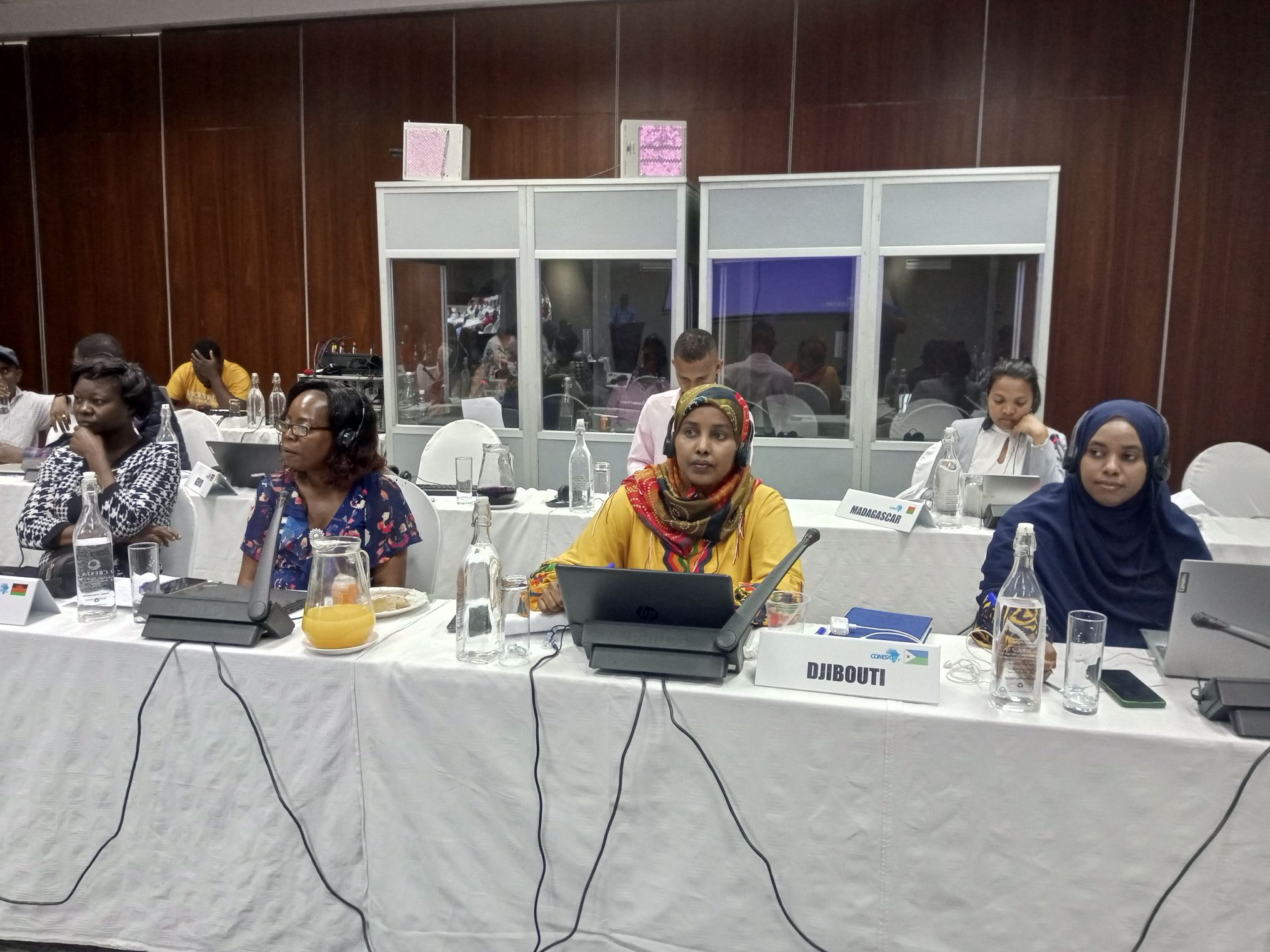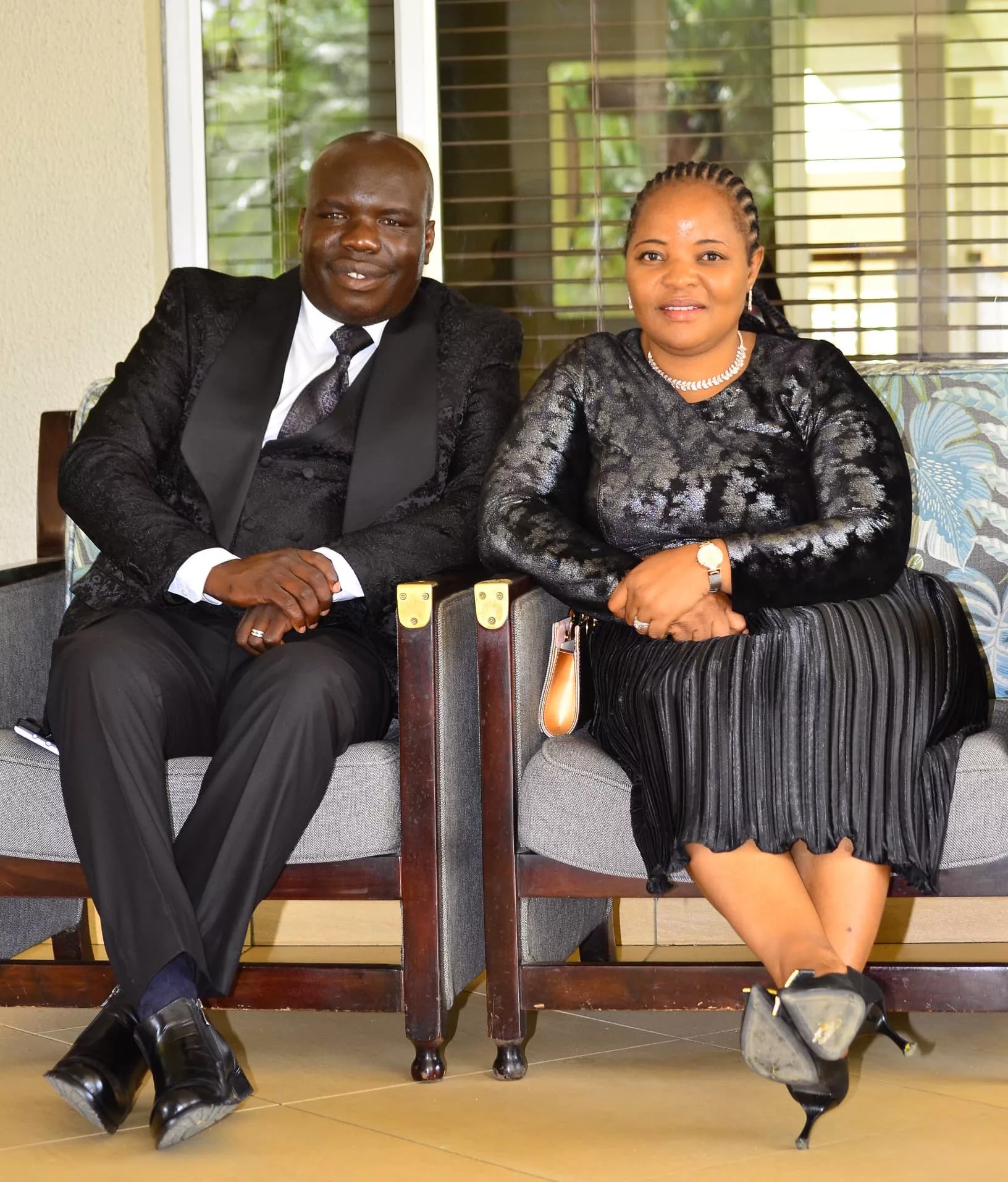|
Getting your Trinity Audio player ready...
|
By Hillary Munedzi
As developed countries fail to meet their pledges in relation to climate and development finance, women in Africa have suffered more and have been forced to invest more time in meeting family needs.
The continent relies heavily on natural resources and rain-fed agriculture. This calls for urgency in meeting commitments to climate change and disaster risk education.
The agricultural sector, which is highly susceptible to climate change and variability, provides a livelihood for 70% of Africans and contributes about 30% of the continent’s GDP. The heavy reliance on agriculture also means that women are highly exposed and vulnerable to the impacts of climate change and disasters, as they account for 90% of employment in the agricultural sector in many African countries.
COMESA’s policy formulators made their calls in a communique forum in the Zimbabwean Capital, Harare ahead of the COP27 to be held in Sharm El-Sheikh, Egypt in November with the continent emitting less than 4% of the world’s total emissions and impacted most.
“Developed country Parties should take the lead in mobilizing climate finance from a wide variety of sources, instruments, and channels. Such mobilization of climate finance should represent a progression beyond previous efforts.
“Governments and stakeholders should understand and assess the financial needs of developing countries and how these financial resources can be mobilized. Efforts should aim at making finance flows consistent with a pathway towards low greenhouse gas emissions and climate-resilient development,” said Michael Ochieng’ Okumu from the Climate Change Directorate of the Ministry of Environment and Forestry for Kenya.
According to the African Development Bank, the continent will need as much as $1.6 trillion between 2020 and 2030 for its own efforts to limit climate change and to adapt to the adverse effects that are already apparent.
Women’s reliance on agriculture and natural resources for their unpaid production and care activities makes them particularly vulnerable to climate fluctuations. Climate change shocks are superimposed on political, economic, social, and health shocks in some sub-regions such as the Sahel, the Lake Chad Basin, and the Horn of Africa, straining the resilience of communities in general, and women and girls in particular.
“Fifteen African countries formulated National Adaptation Plans. African countries included an adaptation component in nationally determined contributions (NDCs) including through adaptation communications (12 countries).
“And there has been a slow pace of accessing readiness support. This takes approximately five years and during the process, people will be suffering,” said Herrick Mwewa from Zambia.
Despite women being disproportionately affected by climate change, they play a crucial role in climate change adaptation and mitigation.
Women have the knowledge and understanding of what is needed to adapt to changing environmental conditions and to come up with practical solutions. Women and girls are essential, effective, and powerful leaders and change-makers to address climate adaptation and mitigation, and providing solutions. But they are still a largely untapped resource.
According to the Minister of Environment, Climate, Tourism, and Hospitality Industry for Zimbabwe, Hon Nqobizitha Mangaliso Ndhlovu. it is clear that climate change is impacting the COMESA region through numerous disruptions in its socio-economic fabric.
“Droughts are severely reducing agricultural output and hydroelectric power generation whilst tropical cyclones are causing infrastructure damage, forced migration, and loss of life in some parts of the region. Sea level rise is threatening coastal infrastructures such as ports, cities, and tourism establishments. These are already having severe impacts on the health, well-being, and incomes of the population,” he said.






